Picture: Getty/Paul Natkin
1993 WAS TRULY R.E.M.’S ANNUS MIRABILIS. With Everybody Hurts, an erstwhile post-punk keg party band from the Georgia college town of Athens had a worldwide Top 10 hit with the sort of pan-generational universal anthem that guarantees pop immortality. But just as significantly, 1993 also saw the band paid homage by Pavement, darlings of the new alternative rock generation – very much children of R.E.M. – in a song called Unseen Power Of The Picket Fence, the second verse of which stated: “The singer he had long hair/The drummer he knew restraint/And the bassman had all the right moves/And that guitarist was no saint.”
In these four lines, Pavement’s Stephen Malkmus highlighted the key to R.E.M.‘s greatness: a contradictory yet indivisible crew of characters, all of whom could regard themselves the band’s most important member. Drummer Bill Berry also played piano and contributed some of the band’s most indelible melodies. Peter Buck was a guitar hero who abhorred traditional guitar heroics. Bassist Mike Mills’s vocals were as pointed as his playing. Meanwhile, singer Michael Stipe didn’t even need coherent words to captivate an audience. Together, this quartet produced a catalogue of work as deep, varied and compelling as any band since the ’60s Beatles/ Stones vanguard.
Everybody Hurts’ parent album, Automatic For The People, would sell over 10 million copies, just like its predecessor, 1991’s Out Of Time, and its successor, 1994’s Monster, thereby making R.E.M. superstars, destined thereafter to be conjoined with U2 in a futile media face-off for World’s Biggest Band. After 10 albums in 15 years – and having survived a cerebral aneurysm mid-tour – Bill Berry quit in 1997. The remaining trio made a further five albums without ever quite recapturing their state of grace and finally called a halt in 2011. That year’s valedictory career-spanning compilation Part Lies, Part Heart, Part Truth, Part Garbage 1982-2011 is a sensible entry point to the quicksilver skills which made R.E.M. the best of their era.
Here, MOJO select the band's ten greatest albums...

10. Up
WARNER BROS, 1998
If making New Adventures In Hi-Fi on the hoof despite Bill Berry’s near-death experience had suggested invincibility, R.E.M.’s world turned upside down on the eve of recording its successor, when Berry quit. Self-doubt assailed the remaining trio – a valued songwriter, the drummer was also a grounding influence – and accordingly their eleventh album is riven by mood fluctuation. One moment resolute (Walk Unafraid), then abject (Falls To Climb), it’s a fascinating, if overlong, exercise in recalibrating R.E.M. along non-rock lines. The first album in 10 years without producer Scott Litt, for all Up’s emotional rawness and lovely songs (At My Most Beautiful), fans deserted in droves.
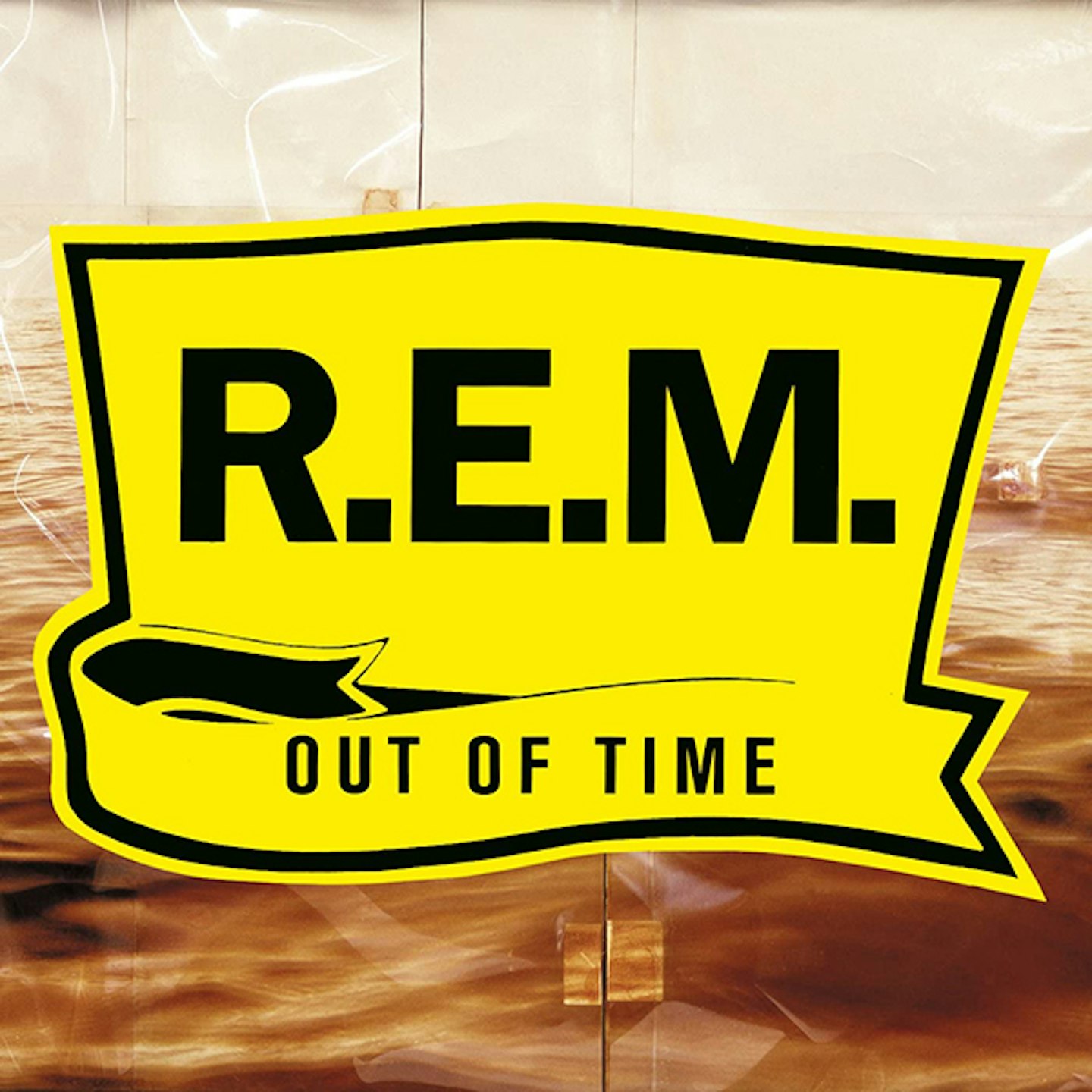
9. Out Of Time
WARNER BROS, 1991
The marathon 1989 tour in support of Green finally wrested R.E.M. from cult status but left band members burnt out. After a year’s recuperation, Peter Buck found the antidote: a mandolin, upon which he wrote the song that would change his life. The global success of Losing My Religion emphasised that the band whose pioneering efforts in the ’80s had blazed the alt-rock trail for Nirvana et al remained ahead of the game. Comfortably accommodating both the saccharine Shiny Happy People and Country Feedback’s Southern gothic bleakness, Out Of Time ultimately owed its impact to Michael Stipe’s increasing confidence at deploying emotional hair-triggers in his lyrics.
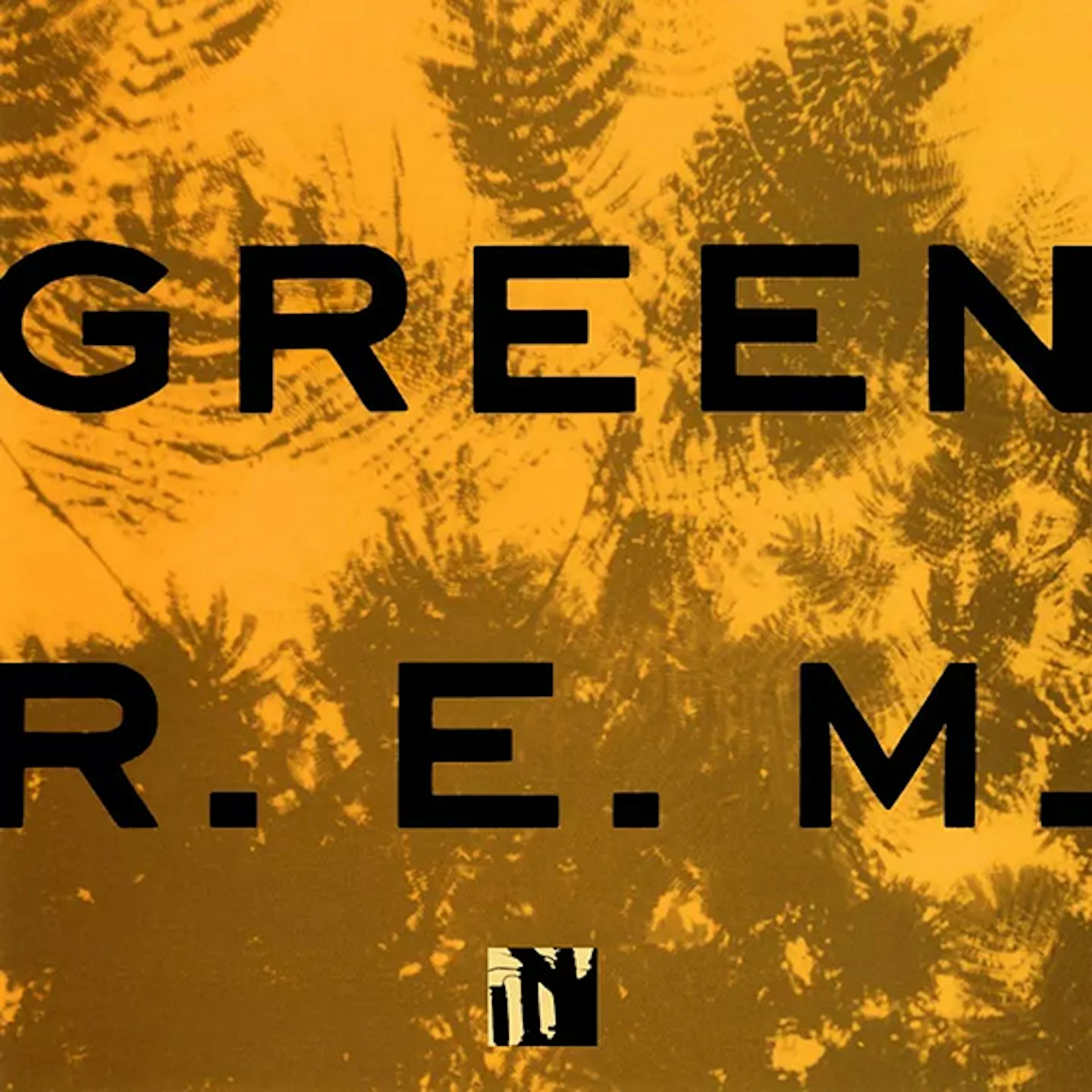
8. Green
WARNER BROS, 1988
Having signed with a major label, R.E.M. delivered their first patently commercial album – though as Green peaked at 27 in the UK charts its occasionally awkward blend of satire (Stand; Pop Song 89) and sincerity (You Are The Everything; Hairshirt) was evidently still too oddball a proposition for mainstream tastes. Orange Crush purloined U2’s guitar sound for an oblique political anthem stating R.E.M.’s roadworthiness to rock arena-style; the instrument swapping, by Berry and Buck in particular, freshened the compositional palette. Meanwhile, in World Leader Pretend’s portrayal of an alienated power broker, Stipe offered a profound elision of character and autobiography.
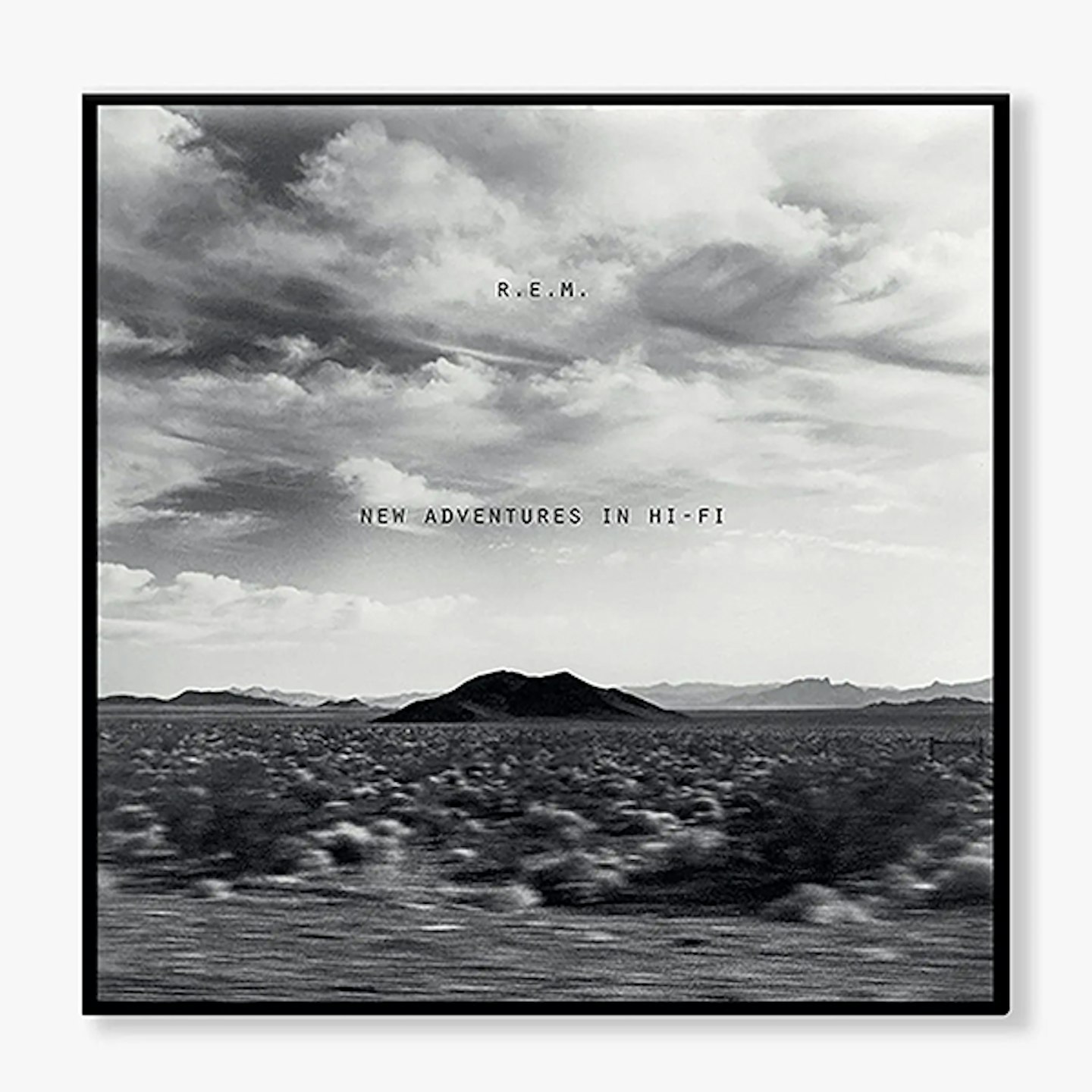
7.New Adventures In Hi-Fi
WARNER BROS, 1996
From amid the adversity of the Monster Tour nightmare – most obviously manifest in Bill Berry’s aneurysm on-stage in Switzerland – came R.E.M.’s last great album. Two-thirds of the songs comprising New Adventures In Hi-Fi were written and recorded during gigs in 1995, thanks to the indefatigable Buck’s vision for how a band then positioned at rock’s commercial apex should operate. The ad hoc approach produced a more organic realisation of Monster’s postmodern rock redux (The Wake Up Bomb) via some churning Neil Young molten riffage (Undertow; Low Desert), while the 1996 studio recordings yielded the droning majesty of New Test Leper.
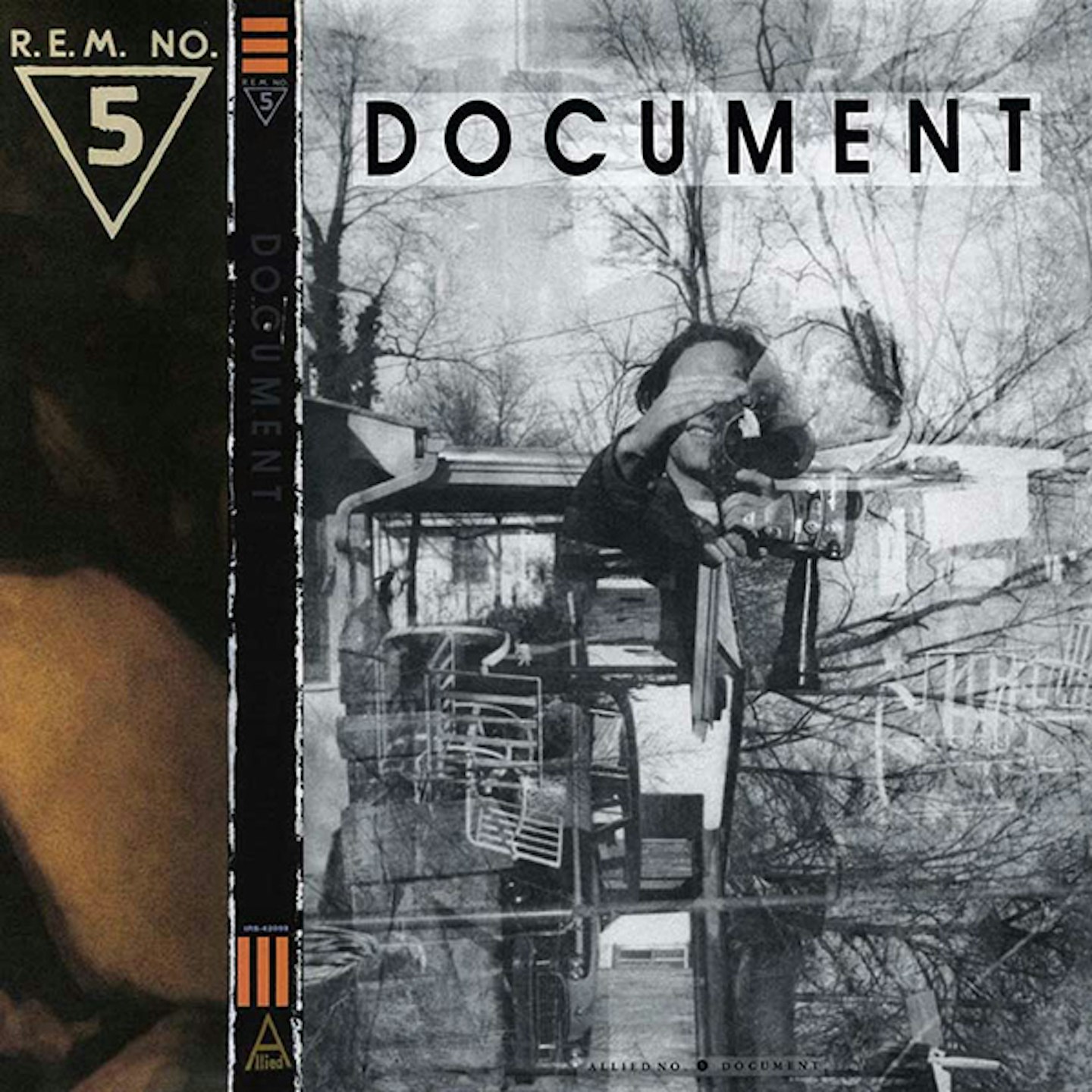
6. Document
IRS, 1987
The first of six albums with producer Scott Litt, and the last for IRS before jumping into Warners’ corporate embrace, Document has a dark steeliness not evident hitherto. Sonically it refined the preceding Lifes Rich Pageant’s snap into a bullet to the head of contemporary America, beginning with Finest Worksong’s constructivist air punch – “What we want and what we need/Has been confused!” – then hurtling through Contragate (Welcome To The Occupation) on to the tragicomic fantasy It’s The End Of The World As We Know It. Document delivered R.E.M.’s first hit single, but even The One I Love (“a simple prop to occupy my time”) dealt harsh dystopia instead of romance.
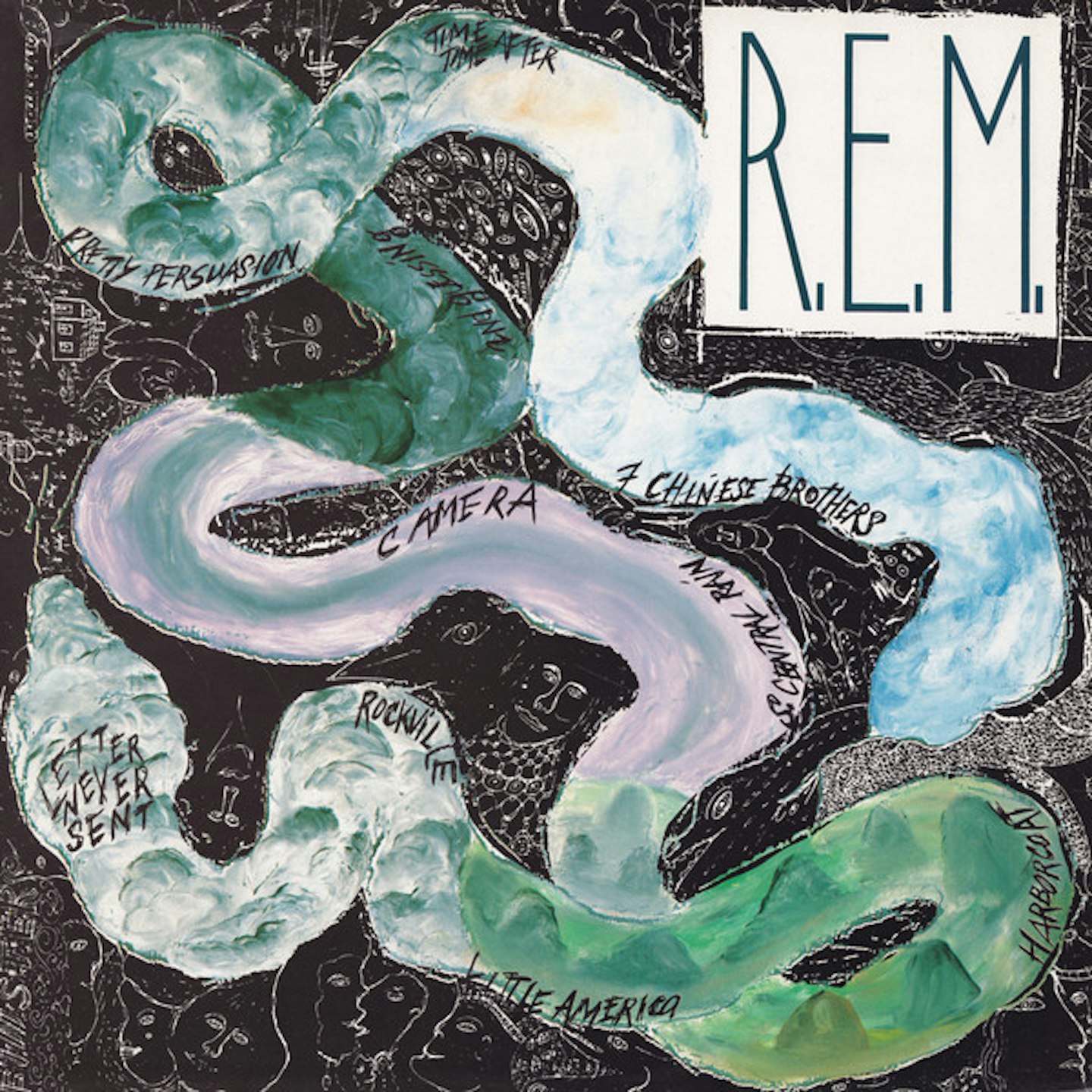
5. Reckoning
IRS, 1984
Recorded in a three-week blur around Christmas 1983, Reckoning burns with the unquenchable momentum of a band playing 250 gigs a year, dealing the amphetamine energy that defined the band’s live shows and which they were now keen to capture on record. The songs were custom-built for scissor-kicked emulation of Peter Buck’s ego-less guitar dash: as such, no song comes closer than Pretty Persuasion to defining the exhilarating élan of pre-fame R.E.M. Both Bill Berry and Mike Mills enjoyed spotlight moments (the latter’s counterpoint vocals on Rockville were key); even Michael Stipe, lyrics still mostly riddle-me nonsense, puffed his chest and hollered.
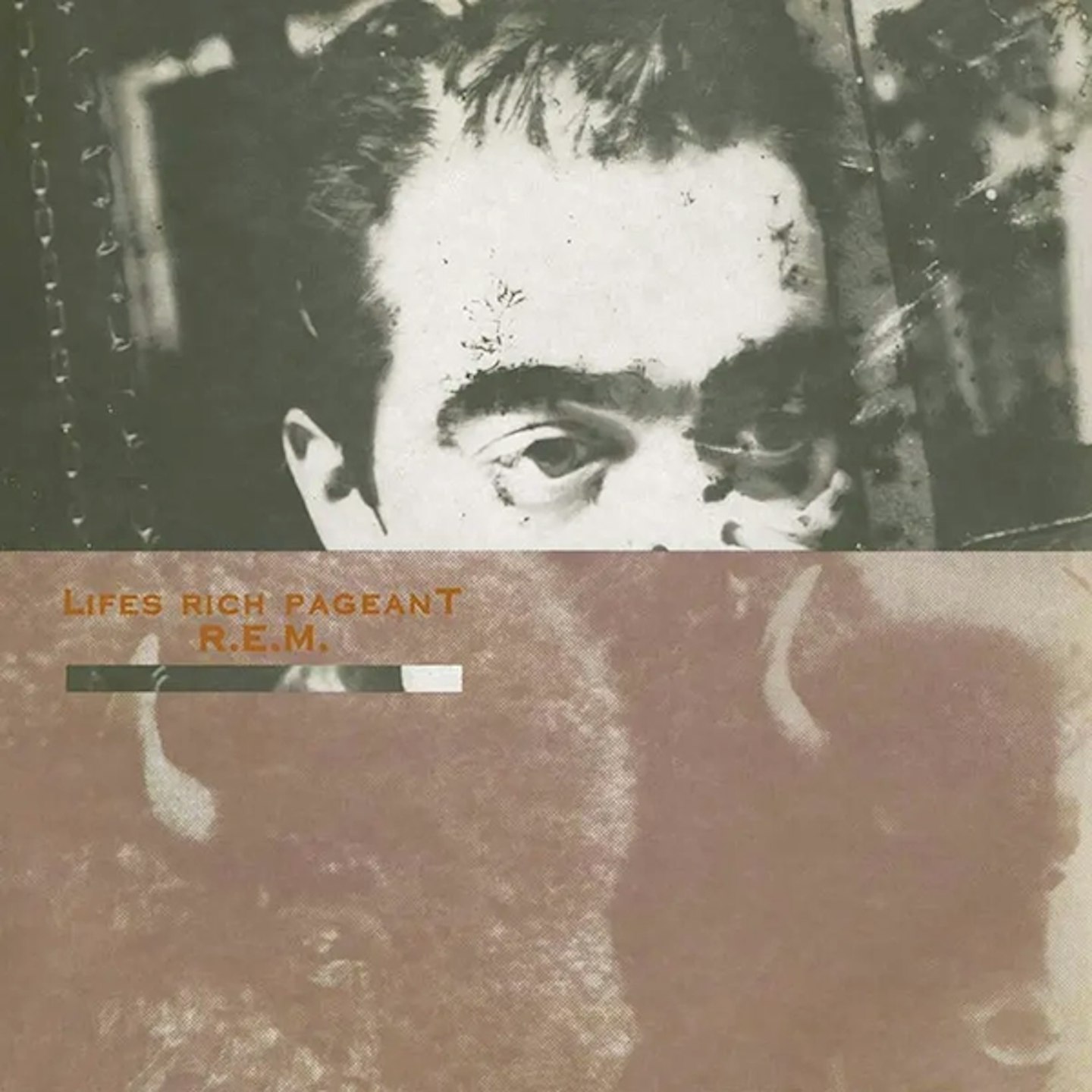
4. Lifes Rich Pageant
IRS, 1986
If not the greatest R.E.M. album, then arguably the most significant: Lifes Rich Pageant saw a move away from interior shadowplays towards populist engagement, both philosophically and sonically. Producer Don Gehman – crafter of Top 40 hits for John Mellencamp – challenged Michael Stipe to drop the mystical shtick and make sense of what he sang. Thus, amid an ensemble growl adorned with heavenly harmonies, the vocalist delivered a string of clarion calls, none clearer than Cuyahoga’s: “Let’s put our heads together, start a new country up.” If Fables… had insinuated a liberal Southern counterblast to the Reaganite agenda, here was its unambiguous revelation.
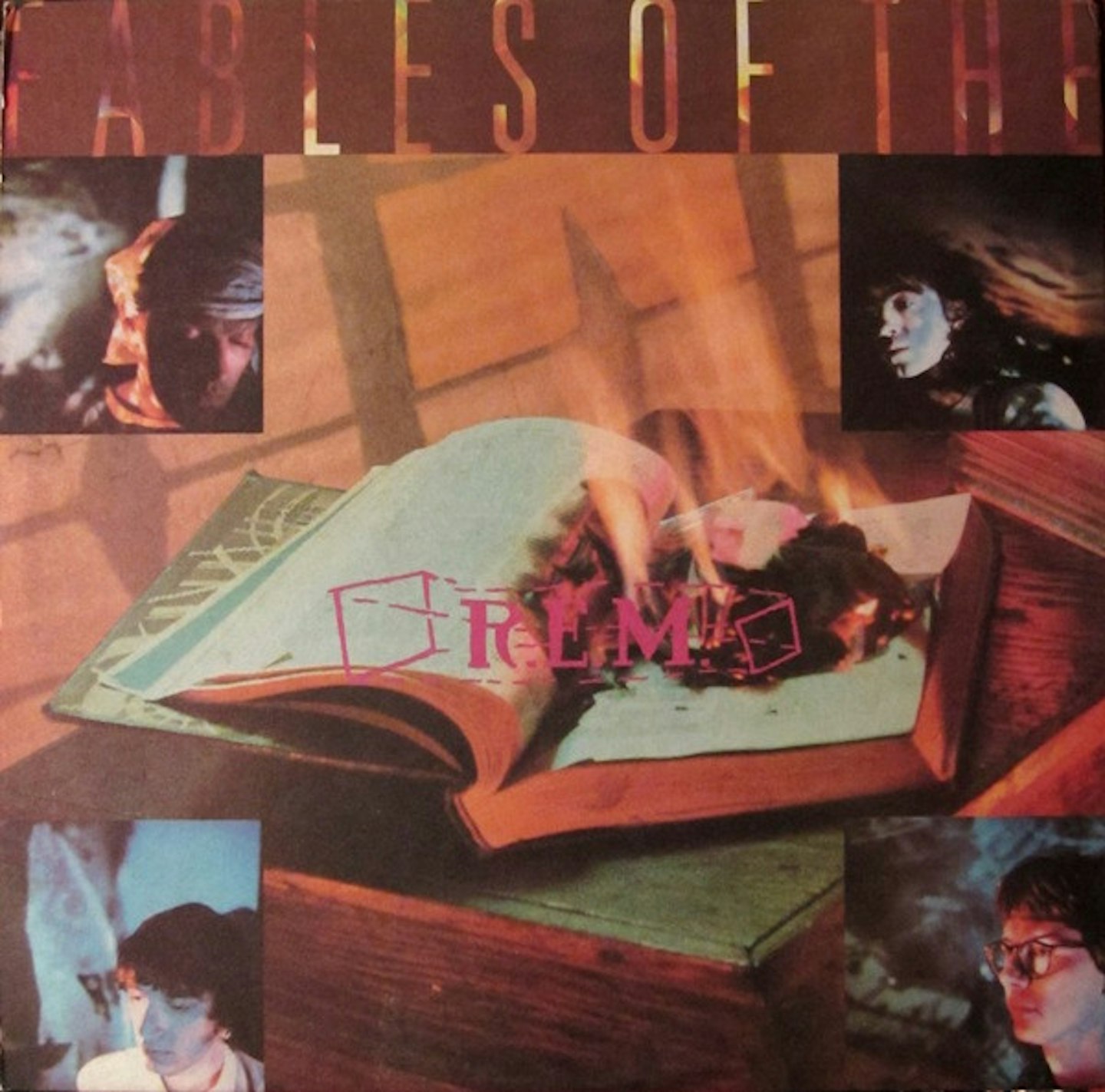
3. Fables Of The Reconstruction
IRS, 1985
From its title’s infinite circle to the inventory of arcane characters – Wendell Gee; Old Man Kensey – Fables Of The Reconstruction validates Michael Stipe’s claim to be his first attempt at “real writing”, as opposed to the gibberish cut-ups of its predecessors. Produced by Joe Boyd amid a miserable London winter, the record bridged the ecstatic communion of R.E.M.’s live shows with a new folk rock impressionism that delivered emotional heft (the ominous string-soaked murk of Feeling Gravity’s Pull) as well as ambivalence at the anthemic properties the band so clearly possessed (as on Driver 8). Here were fathomless blueprints for future adventures.
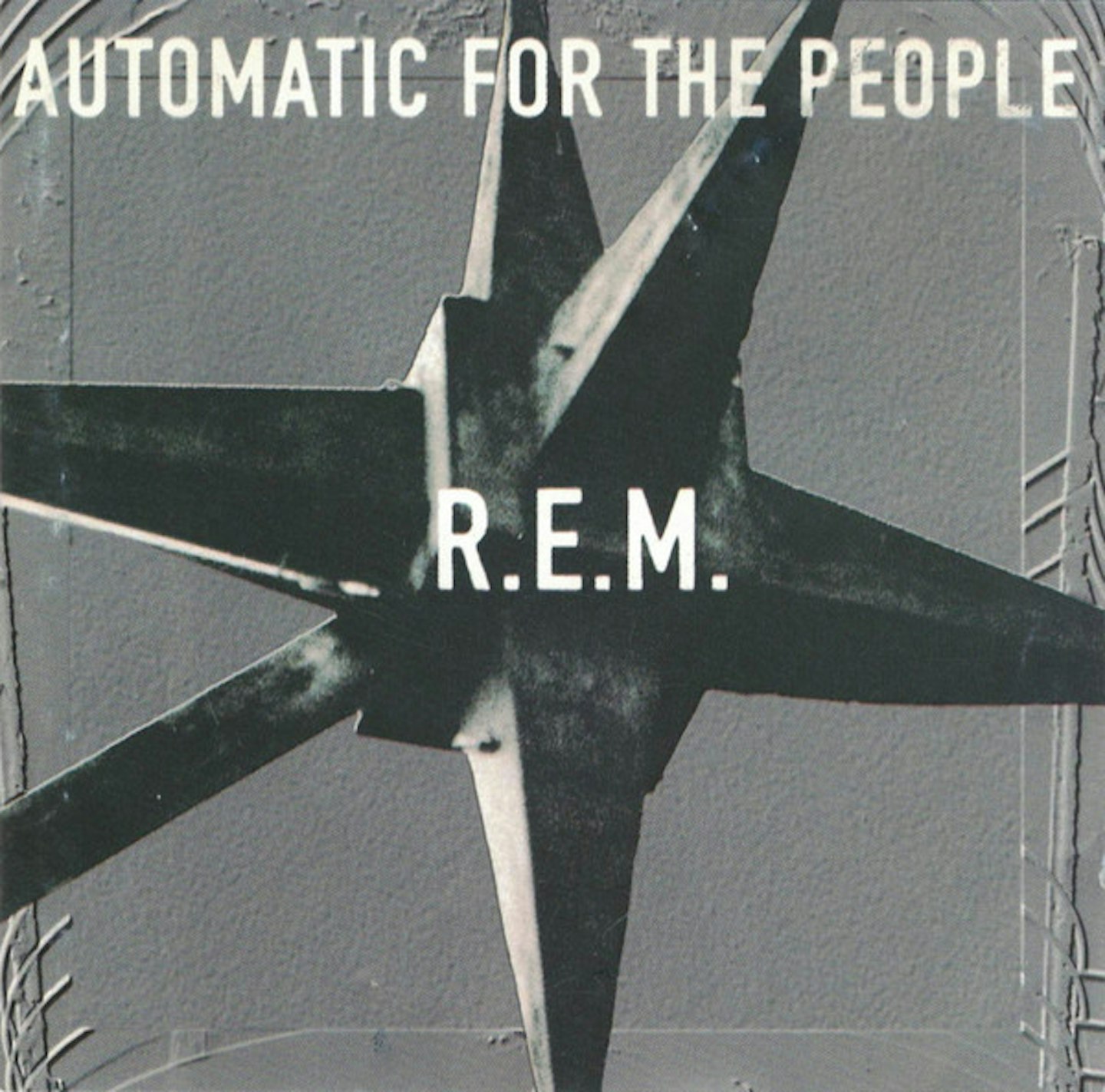
2. Automatic For The People
WARNER BROS, 1992
Vindication for those long-time fans who felt uncomfortable with R.E.M.’s new mega status yet had kept the faith: a set of beautiful, quixotic songs (strings arranged by John Paul Jones) that made no crass concessions to pop sensibilities and yet demanded to be heard by millions. No mean feat for an album dominated by ballads and obsessed with death (“Readying to bury your father and your mother/What did you think when you lost another”). Yielding six singles, the sheer familiarity of these songs can’t diminish the impact of Automatic For The People as a whole entity; its commercial success was all the more remarkable in view of the ongoing refusal to tour.
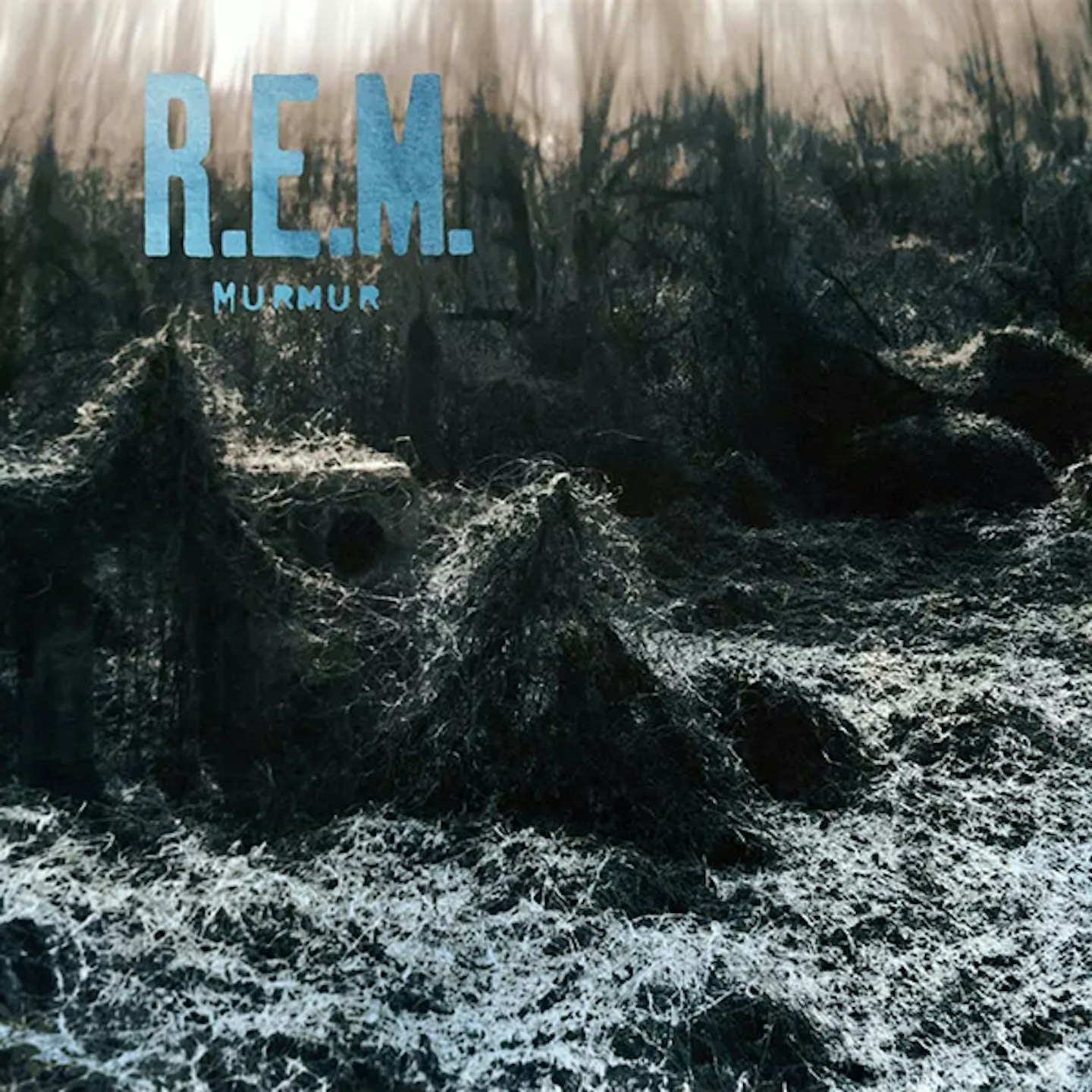
1. Murmur
IRS, 1983
Had they never made another record, Murmur alone would guarantee R.E.M.’s legend: a conscious affirmation of the past amidst a decade when the new wave was ostensibly wiping the slate clean. Although some of their formative post-punk energy remains – 9-9’s chopped funk spasms clearly recall Gang Of Four – mostly R.E.M.’s debut album feels rooted in a spectral revival of ’60s counterculture by a younger, wiser generation. Key was how Buck’s wistful guitar rocking vied with the startlingly abstract vocal arrangements, from which Stipe drops nuggets of dream wisdom: “Pilgrimage has gained momentum.” Over 30 years on, Murmur still has it all.
BECOME A MOJO MEMBER today and receive every new issue of MOJO on your smart phone or tablet to listen to or read. Enjoy access to an archive of previous issues, exclusive MOJO Filter emails with the key tracks you need to hear each week, plus a host of member-only rewards and discounts.
